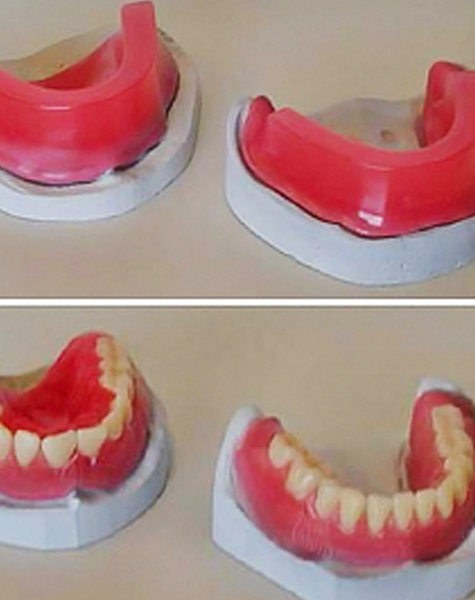DENTAL WAX
Dental waxes may be composed of natural and synthetic waxes, gums, fats, fatty acids, oils, natural and synthetic resins, and pigments of various types. The particular working characteristics of each wax are achieved by blending the appropriate natural and synthetic waxes and resins and other additives.
Paraffin waxes are obtained principally from the high-boiling point fractions of petroleum. The presence of oils in the wax, however, lowers the melting temperature; paraffin waxes used in dentistry are refined waxes and have less than 0.5% oil.



Microcrystalline waxes are similar to paraffin waxes, except they are obtained from the heavier oil fractions in the petroleum industry and, as a result, have higher melting points. These waxes are tougher and more flexible than paraffin waxes.
Although the use of synthetic waxes and resins is increasing, it is still limited in dental formulations, and the natural waxes continue to be the primary components.Many waxes obtained from plants and animals mresemble in appearance a group of substances described as gums.
Brochures
View our 2020 Medical prospectus of brochure for an easy to read guide on all of the services offer.

